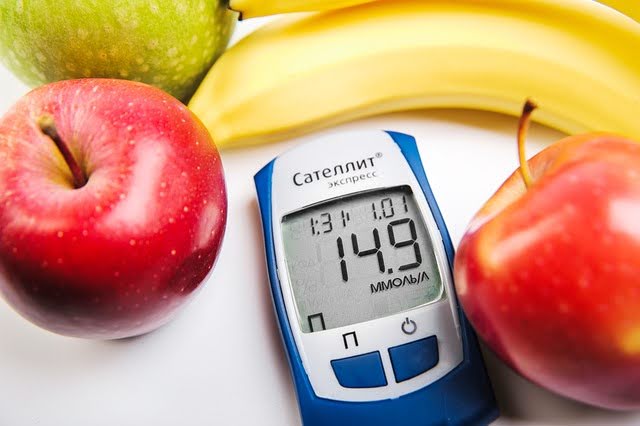One of the things Lehigh Valley residents have to get used to as we age is that we aren’t as resilient as we used to be. In childhood, we pinball around in ways that look in retrospect like we’re not the same species, while in young adulthood we burn the candle at both ends and eat whatever we want without serious repercussions. The first time you make a noise getting out of a chair, you might wonder what’s going on—as time goes on, you learn your body is no longer prepared to write checks that it thinks it can cash.
Among the health issues that can catch you by surprise as we age is diabetes. We all may know a little about it but may not realize that the “over 40s” are at a considerably greater risk for diabetes than younger people. Part of this is due to general wear and tear, while other causes may hinge on lifestyle factors, such as diet and a sedentary lifestyle. One thing for sure is that as you get older, you need to watch for the warning signs and complications that can point to diabetes and prediabetes.
What should I be looking for?
Diabetes doesn’t turn up unannounced one day. You may have already been informed by a doctor that you are showing what they refer to as “prediabetic” markers. These are often flagged by blood tests, but before having blood work done, you may be showing some signs of prediabetes. If you are unusually thirsty, need to urinate more often, sometimes feel tingling in your fingers and toes, and are prone to infections that linger, you may be prediabetic.
When does prediabetes become diabetes?
Symptomatically, there is little difference between prediabetes and the fully-fledged version. The key difference is that diabetes is diagnosed when your blood sugar level is over 126 mg/DL. The prediabetic range is 100–125. With diabetes, the symptoms may be more pronounced. You may also experience new ones, such as headaches and nausea when your blood sugar crashes. You may experience nerve pain that does not react to typical pain medication, and occasionally feel light-headed.
The more notable difference for you may be that the management of the condition will have to change. While prediabetes can be managed with lifestyle changes, once you are diabetic, the treatment becomes more pronounced. Along with symptomatic treatment such as a nerve pain supplement or anti-nausea medication, you may be expected to use insulin to regulate your blood sugar, because your pancreas will no longer be producing it the way it needs to.
Can diabetes be cured?
Terminology is important when it comes to dealing with expectations about diabetes. Medically, a “cure” is when something causes the condition to go away and (hopefully) not return. It’s not accurate to say that diabetes can be cured, but the impact can be reversed. You can recover to a prediabetic state, and even back to normal blood sugar levels. Of course, this is much harder the more advanced the condition and will require regular treatment, exceptional diet discipline, and a healthier lifestyle that includes more regular sleep and exercise.
What are the consequences of ignoring it?
If you are diagnosed as diabetic or prediabetic, and feel that the symptoms and issues are a price worth paying to continue your present lifestyle, know that the symptoms will get worse if not addressed, and that lifestyle will be harder to maintain! Untreated diabetes can affect your heart and kidney function, lay waste to your immune system, lead to blindness, and contribute to early-onset dementia. It is, therefore, wise to heed any warning signs you get. Think of it this way: the threat of diabetes gives you a reason to reevaluate your lifestyle, and if diagnosed, reverse its effects. This isn’t a chance you’d get with cancer or other fatal or irreversible diagnoses.
Diabetes is not a diagnosis anyone wants to receive, but if it does develop, it is highly manageable, and there is a lot you can do to avoid it by managing your diet and lifestyle. As you age, it can have a definite impact on your general health; so, if you become aware of warning signs, act before it becomes a bigger problem.






